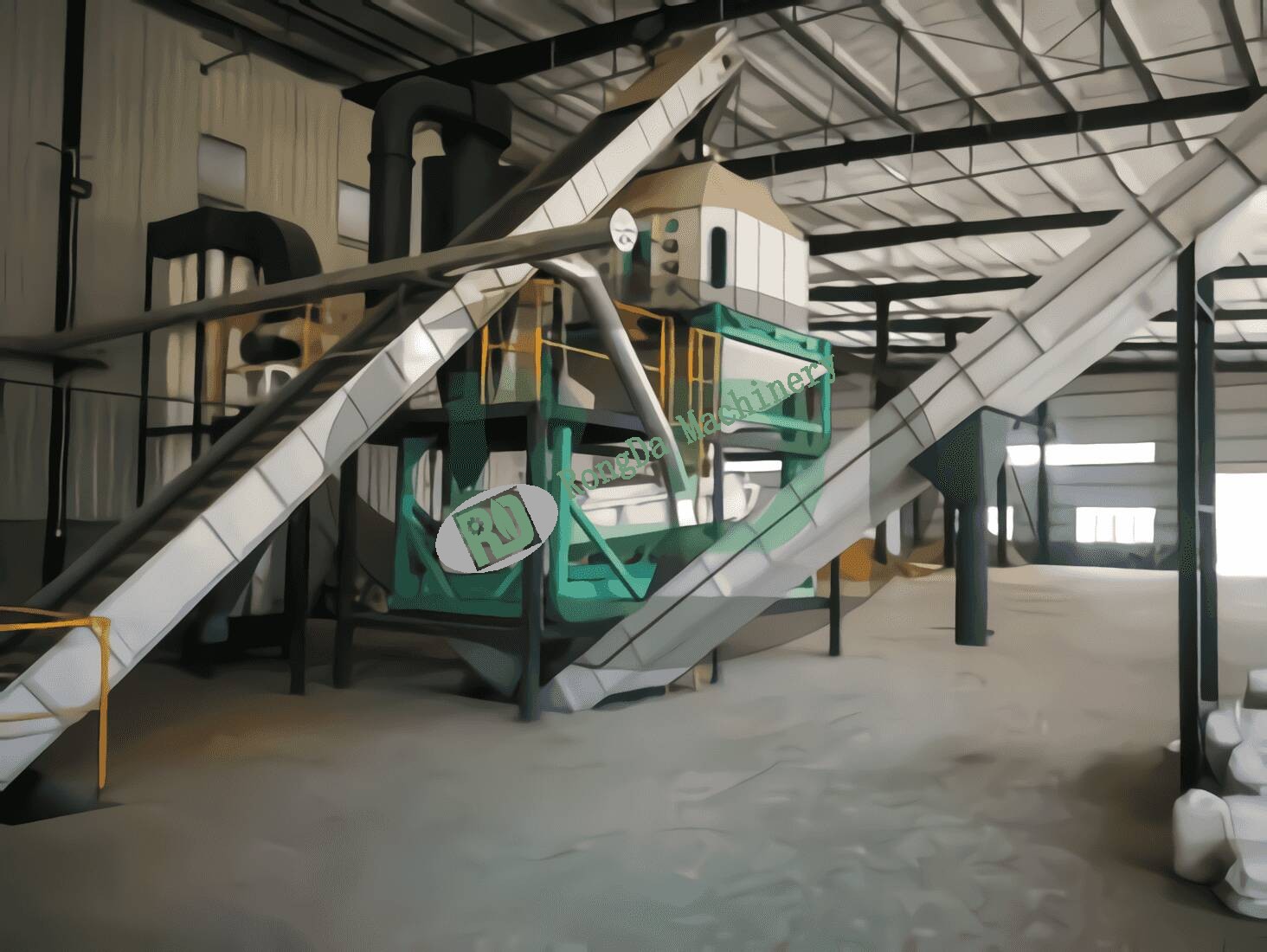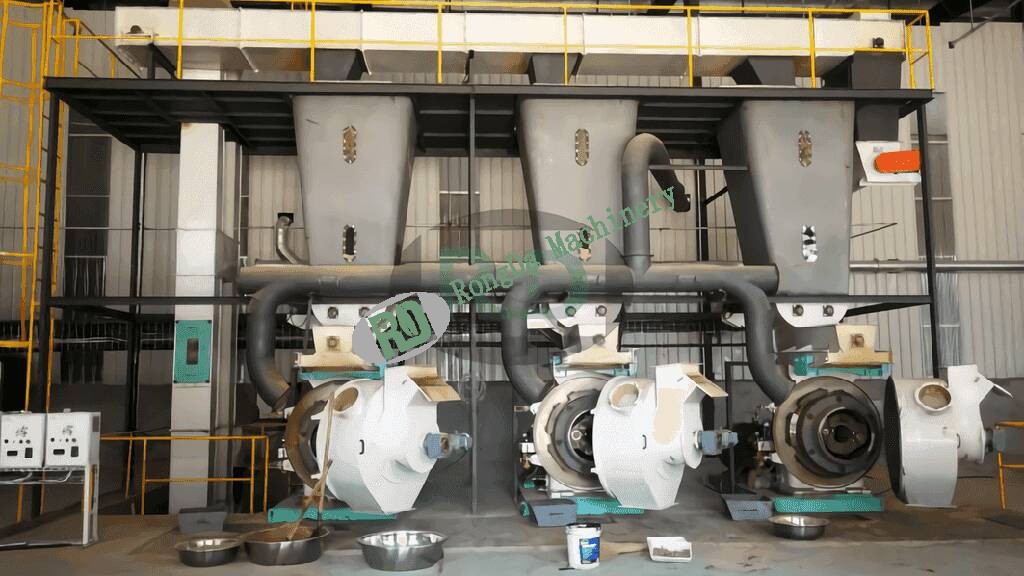Welcome to Rongda Machinery Co., Ltd
Toggle Navigation

This article explores the evolution of pellet production lines, highlighting their historical development, technological advancements, and future trends. It discusses the pelletizing process, advantages, challenges, and the impact of automation and smart technologies on the industry.
Understanding Pellet Production Lines
Pellet production lines are integral to various industries, including steel, cement, and energy, serving as the backbone for transforming raw materials into valuable products. At the heart of these lines is the pelletizing process, which converts raw materials like coal, coke, and crushed refractory materials into uniform, porous pellets.
The History of Pellet Production
The origins of pellet production can be traced back to the early 20th century, driven by the need for efficient energy storage and transportation. Early pellets were made from coal, which was crushed and compressed manually. The development of mechanical and hydraulic presses in the 1100s revolutionized the industry, enabling the mass production of pellets.
The Pelletizing Process
The pelletizing process involves several stages, starting with material preparation. Raw materials are crushed into fine particles, dried, and sorted to ensure uniformity. These materials are then fed into high-pressure rolls where they are compacted under immense force to form dense pellets. Advanced technologies, such as computer-controlled pelletizing machines, have further enhanced precision and efficiency.
Advantages of Pellet Production Lines
Pellet production offers numerous benefits, including energy efficiency, reduced environmental impact, and versatility. Pellets are compact, reducing transportation costs and storage requirements. They also provide consistent energy output, making them ideal for applications like power generation and industrial processes.
Evolution of Technology
Over the years, pellet production lines have incorporated cutting-edge technologies to improve performance and reduce costs. Automation has become a cornerstone of modern pelletizing, with systems using AI and machine learning to optimize processes. Additionally, the adoption of energy-efficient compressors and advanced cooling systems has significantly reduced operational costs.
Challenges and Future Trends
Challenges in Pellet Production
Despite their advantages, pellet production lines face several challenges. High raw material costs, particularly for non-coal-based materials, can strain budgets. Energy dependency remains a concern, as compressors and other machinery account for a significant portion of energy consumption. Regulatory compliance, especially regarding emissions and waste management, adds complexity.
Regulatory Compliance and Sustainability
As industries prioritize sustainability, pellet production lines are under increased scrutiny. Regulations related to emissions, waste, and energy efficiency are becoming more stringent. Companies are adopting innovative solutions, such as advanced drying systems and recycling technologies, to meet these standards.
Sustainability Initiatives
Sustainability is a key focus for the pellet industry. Energy efficiency improvements, such as using indirect steam heat recovery, have reduced energy consumption by up to 30%. Additionally, recycling technologies are being developed to process by-products, minimizing waste and enhancing resource utilization.
Future Trends and Innovations
The future of pellet production lies in automation, robotics, and smart technologies. Autonomous pelletizing systems, guided by AI, promise to enhance efficiency and reduce human intervention. IoT-enabled monitoring systems allow real-time tracking of production processes, ensuring optimal performance and timely maintenance.

Conclusion
Pellet production lines are undergoing significant transformation, driven by technological advancements and a growing emphasis on sustainability. As the industry evolves, embracing automation and smart technologies will be crucial for maintaining competitiveness. The future of pellet production lies in innovation, efficiency, and a commitment to environmental stewardship.